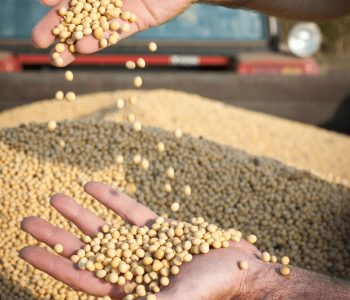The new European Soy Monitor 2025 report, prepared by Schuttelaar & Partners and commissioned by organizations such as IDH, FEFAC, and Donau Soja, reveals a steady increase in the adoption of certified sustainable soy in Europe, while also warning about the growing pressure on key ecosystems in South America.
According to the report, between 2019 and 2023, 54% of the soy used in the European Union and associated countries (EU27+) met the sustainability criteria defined by FEFAC guidelines, compared to 42% recorded in 2019.
This progress reflects a stronger commitment from the European agri-food sector to deforestation- and conversion-free supply chains. However, differences between countries persist: some have adopted physical traceability models, while others continue to rely on credit-based systems.
At the global level, soybean production reached 371 million tonnes in 2023, driven primarily by the growing demand for plant-based protein for animal feed. This expansion has been accompanied by a 12% increase in cultivated area, which in turn is placing greater pressure on key biomes such as the Brazilian Cerrado, the Amazon, and the Gran Chaco.
The Cerrado, in particular, accounted for 44% of Brazil’s soybean production in 2022, following a 20% growth over four years, mainly concentrated in the MATOPIBA region. Although it is legally permitted to convert up to 80% of land in this biome for agricultural use, this has led to an accelerated loss of native vegetation.
- → On the other hand, in the Amazon, deforestation rates increased by 59% during Jair Bolsonaro’s administration, but began to decline with the return of Luiz Inácio Lula da Silva to power in 2023, as he reinforced environmental enforcement policies.
Meanwhile, the Gran Chaco—which spans Argentina, Bolivia, Paraguay, and Brazil—has lost nearly 10 million hectares of natural cover since 2004. Despite legislation prohibiting deforestation in sensitive areas, weak enforcement has failed to halt the conversion of land for agricultural use.
The report concludes that, although certifications and landscape-level approaches have gained traction, transforming the soybean system will require a more effective combination of regulation, financial incentives, and international cooperation to ensure a sustainable future for this key commodity.
You can read it on FEFAC’s official website.
Source: European Soy Monitor
